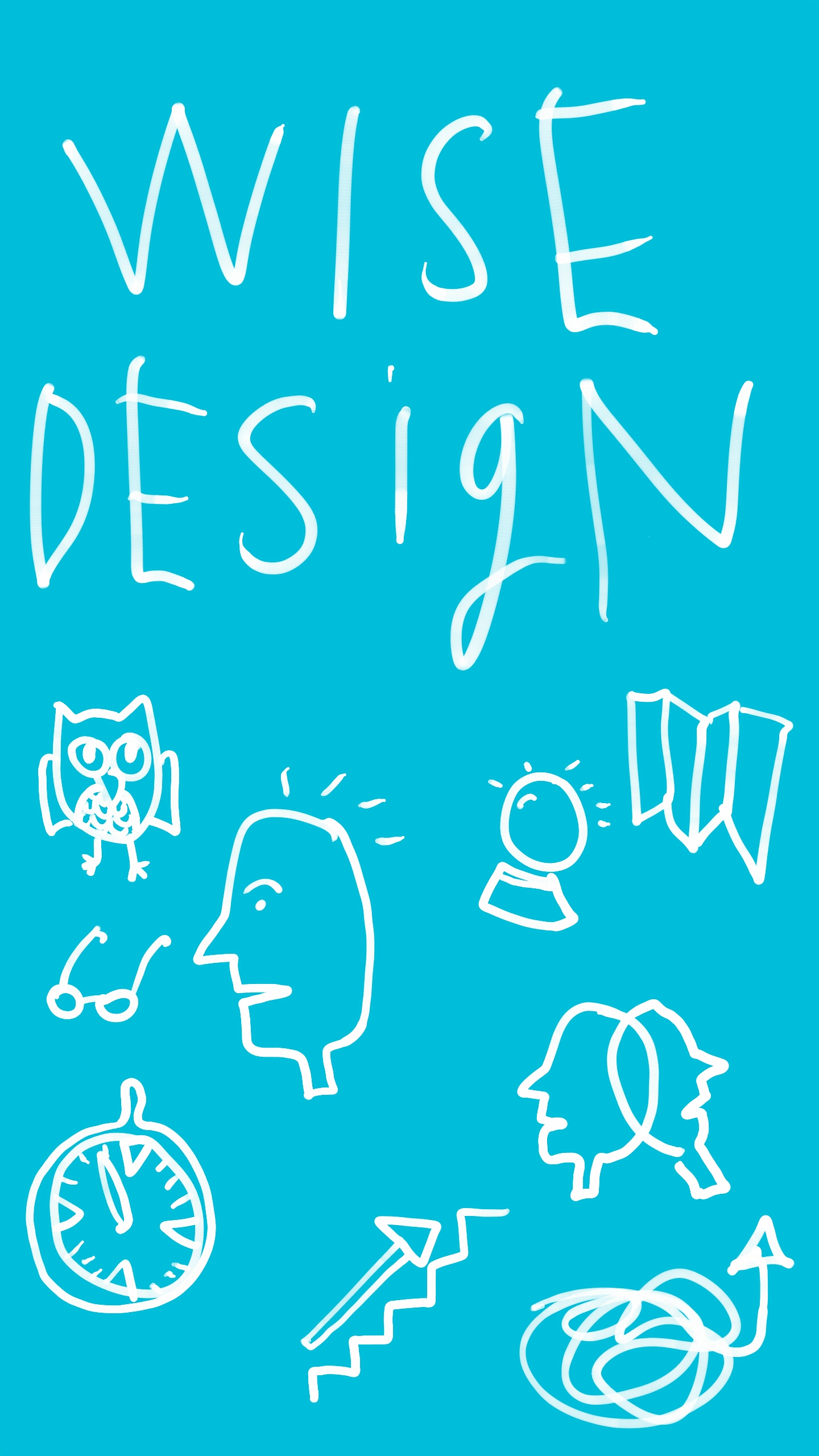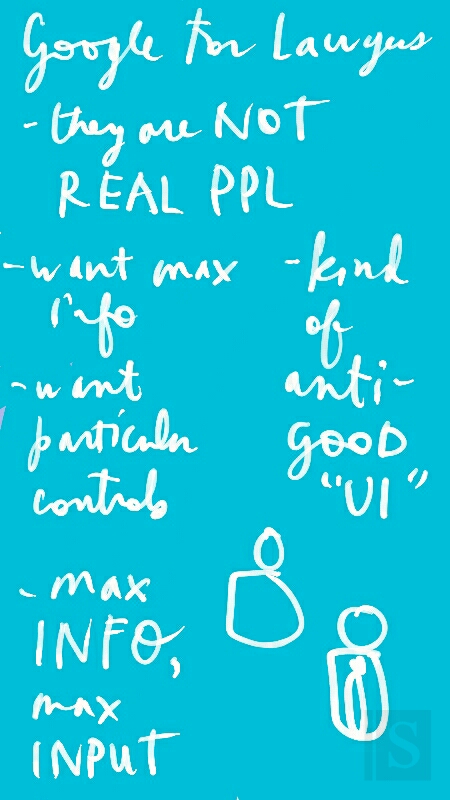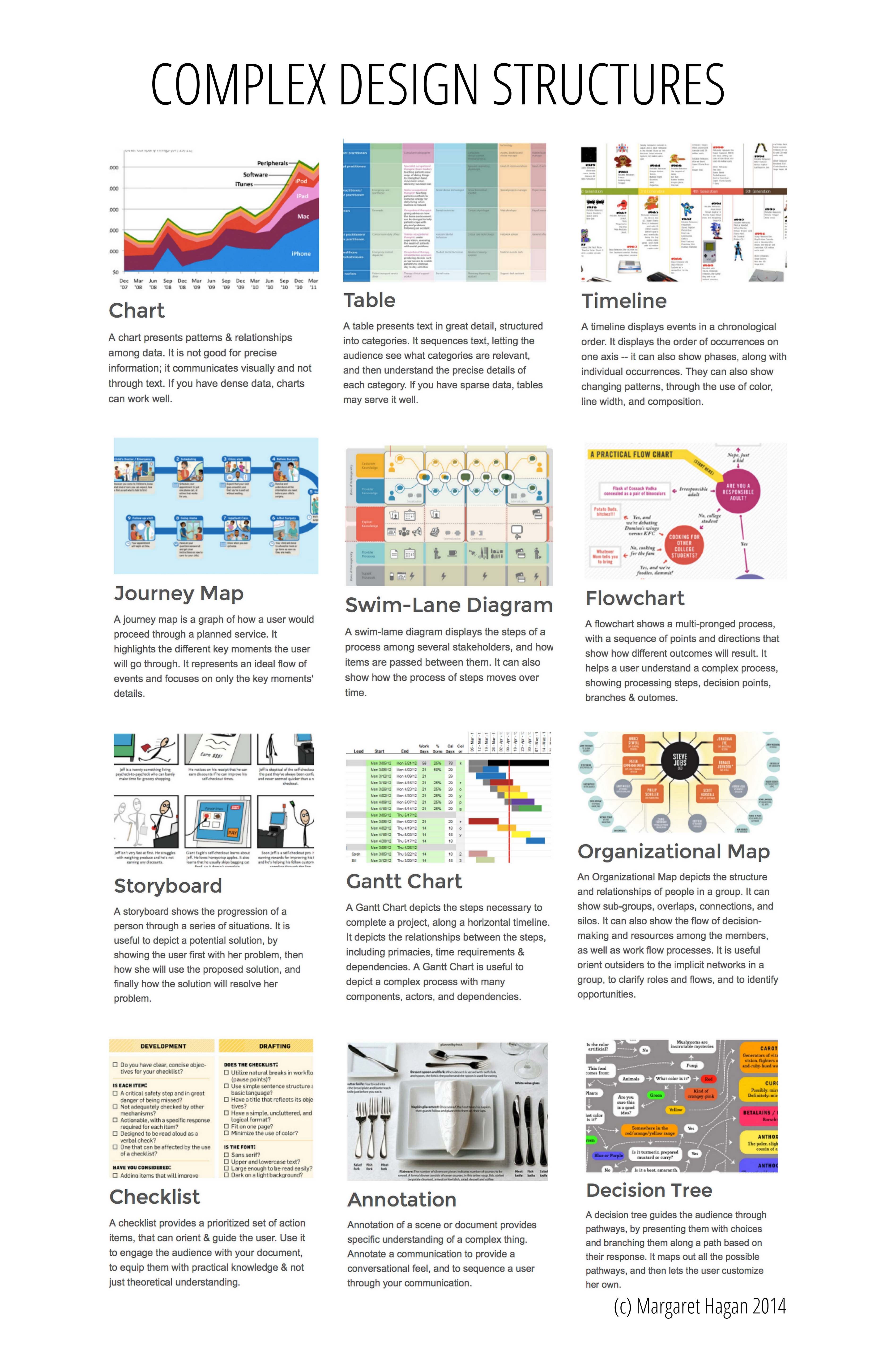by Kursat Ozenc & Margaret Hagan
Everyday we make all kinds of complicated decisions, but (usually) without thinking much about them: a contract you sign, a mortgage plan you are commit to, a credit card you sign up for, a tax form you file, a medical treatment you agree to.
Most of the time, these decisions require you to be domain-savvy in that moment, without equipping you with ways to do so. Participating in our financial, healthcare, legal, and government systems requires a steep learning curve.
These systems create hugely imbalanced decisions. The all-knowing expert systems rule upon the naive ignorant individual. Even if you are not an expert, and the system makes no effort to equip you with the knowledge and heuristics to understand its complications, you will be penalized as if you did know everything. Ignorance is not an excuse, even if it is inevitable.
We advocate for the field of Wise Design, bringing the method of design thinking into the domains of healthcare, finance, law, policy making. Using human-centered, experimental, and interactive design work, we can take a proactive response to improving the slow-moving, sprawling, highly procedural systems for the lay person. We’ve mentioned it in previous posts, and started laying out some principles for it — and in this short essay we give some more definition to what a Wise Design initiative would look like.

Wise Design is a promise that hasn’t been fulfilled yet. Most people inside these domains know that not many of their end-users can navigate them with any ease, efficiency, or effectiveness. How do we get from this acknowledged problem state to a preferable one?
We believe we as designers can create this field, using a mixture of interaction, service, and systems design. Service-oriented interaction design provides the focus on humans’ experiences, and how to equip them with better touchpoints while going through a system. Systems and policy design provide the complex perspective, to let us as designers conceive of many people going through a variety of experiences, with many different preferences and possible outcomes.
The promise to deliver smart, interactive wise designs will also need to include computing disciplines — ubiquitous computing, machine learning, and crowd-based intelligence (human computing). These will add enormous power and intelligence to the tools that we as designers can create.
How do we get smart?
There’s an old Turkish saying that when a tool performs well, its owner gets the pride. Since the beginning of human civilization, people become and feel smarter with the tools that they invent. Think of a hammer, it amplifies the strength of the person, it streamlines the nailing process, it extends and transform the limited power of its user.
Once the tools become more than a physical leverage, they can also change the way we perform a specific activity. Think of a 3D modeling tool, it gives you new possibilities, it opens up new angles to your view of the world. With the tool, you become a superhero seeing through objects, environments, etc. You simulate, you act like a wizard changing materials, geometries, etc. With this kind of tool, you impersonate a super human.
What would these kinds of tools look like for lay people facing medical, legal, financial, governmental systems?
Being Smart is not enough
Being smart is not enough when it comes to our relationship with systems. When you look at systems, they are wicked. They oversee multiple-angles, multiple-power structures. In a cancer patient unit, you have internal and external stakeholders to navigate through; power structures to operate in; system level constraints to make decisions with. Being smart in such an environment might mean covering one possible angle. Being wise adds you to incorporate multiple angles, prioritize these, and make decisions based on your values/meanings.
Being wise is experientially exponential
In the traditional world, people relied on their community spiritual leaders to get wise suggestions. In the emerging world of infinite computing and machine learning, the promise is that people can leverage simulations and analysis tools that can take an incredible amount of data points into account and make suggestions accordingly. Technology is still in the crawling phase when it comes to make sense of the collected data.
We believe there can be a middle ground with computation and smarter people, that can arise even sooner than it will take for technology to help us be incredibly wise with its superpowered tools. Can we share the agency between the person and the computer? Making the user informed enough so that she can weigh different scenarios and make decisions accordingly.
Questions that Wise Design will tackle
With Wise Design, we are motivated by the following challenges:
- How might we help people in their decision making processes, to figure out how to best navigate a complex system?
- How might we help designers to develop tools that can support human dignity & choice-making in these systems?
- How might we bridge the system level interactions that happen in these domains with the micro-level interactions that humans actually experience in them?
- How might we add long-term goals into short-term interventions?
- How might we create data structures that can create data-driven scenario tools, envisionment tools for lay people to get rich & compelling understanding of long-term outcomes, risks, and conditionalities?
- How might we streamline the complex processes that systems ask of people into biteable size workflows?


